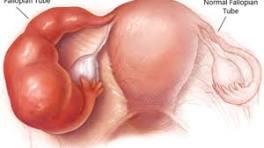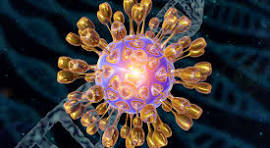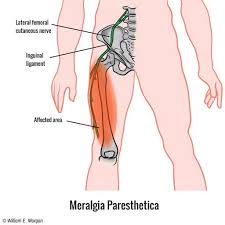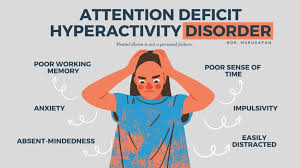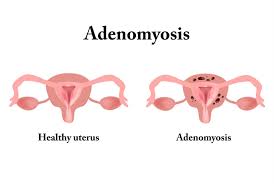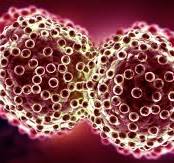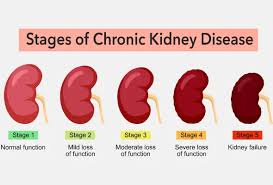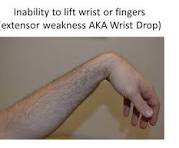
Wrist Drop: Causes, Symptoms, Conventional Treatment & Homeopathic Approach with Case Studies
Wrist drop (also called radial nerve palsy) is a condition in which a person is unable to extend the wrist and fingers at the knuckles. This leads to a characteristic “floppy wrist” appearance. It occurs due to injury or dysfunction of the radial nerve, which controls the muscles responsible for wrist and finger extension.
Wrist drop can result from trauma, nerve compression, or systemic conditions. Common causes include:
Radial nerve injury: fracture of the humerus, direct trauma to the arm
Compression neuropathy: prolonged pressure on the upper arm (“Saturday night palsy”)
Lead poisoning (rare)
Neurological disorders: stroke, peripheral neuropathy
Iatrogenic causes: post-surgical complications or injection injuries
Pathophysiology
Damage to the radial nerve disrupts the motor signals to the wrist and finger extensors.
Depending on the site of injury:
Upper arm injuries: may also affect elbow extension
Forearm injuries: usually spare elbow extension
Muscle atrophy and weakness occur if untreated, leading to functional disability.
Symptoms
Inability to extend wrist and fingers
Weak grip strength
Drooping of the wrist (hence “wrist drop”)
Numbness or tingling on the back of the hand or forearm
Pain or discomfort along the radial nerve distribution (sometimes)
Investigations
Clinical examination: muscle strength, reflexes, sensory testing
Electromyography (EMG) & Nerve conduction studies (NCS) – to locate and assess nerve injury
X-ray / MRI – if trauma or fracture is suspected
Blood tests – if metabolic or toxic causes are suspected (lead, diabetes, B12 deficiency)
Conventional Treatment
Rest and splinting of wrist to prevent contractures
Physical therapy / Occupational therapy – to maintain mobility and strength
Medications: analgesics, anti-inflammatory drugs for pain
Surgical intervention: for severe nerve injuries or entrapment
Addressing underlying cause: fracture repair, toxin removal, metabolic correction
Homeopathic Approach
Homeopathy works individually based on the patient’s symptoms, constitution, and causative factors. Treatment focuses on:
Promoting nerve regeneration and functional recovery
Reducing pain, tingling, and weakness
Supporting overall health and immunity
Common Homeopathic Remedies for Wrist Drop
Hypericum perforatum – nerve injury / trauma
Causticum – partial paralysis, muscle weakness
Plumbum metallicum – wrist drop due to lead poisoning
Kali Phos / Zincum metallicum – nerve degeneration or weakness
Case Studies
Case 1:
Patient: 32-year-old male, humerus fracture after bike accident
Symptoms: Wrist drop on right side, inability to extend fingers
Homeopathic treatment: Hypericum 30C, physiotherapy
Outcome: Significant improvement in 6 weeks, full recovery in 3 months
Case 2:
Patient: 45-year-old office worker, wrist drop after prolonged arm compression (sleeping on arm)
Symptoms: Pain, numbness, weakness
Homeopathic treatment: Causticum 200C weekly, exercises
Outcome: Functional improvement within 4–6 weeks, complete recovery in 2 months
Case 3:
Patient: 50-year-old male, wrist drop due to lead exposure (occupational)
Symptoms: Weak grip, numbness, tremors
Homeopathic treatment: Plumbum metallicum 30C + lifestyle advice
Outcome: Gradual nerve recovery and symptom relief over 3 months
.
Call to Action
If you or your loved one is experiencing wrist drop or weakness in the hand, it is important to seek professional evaluation early.
I, Dr. Jyoti Kadkol, with 23 years of experience in homeopathy, can provide a personalized treatment plan for nerve recovery and functional improvement.Book Your Consultation today.call 9035971275

